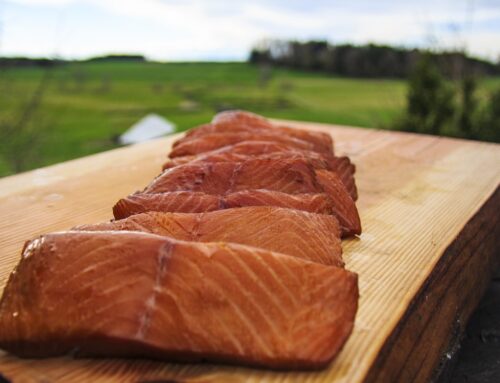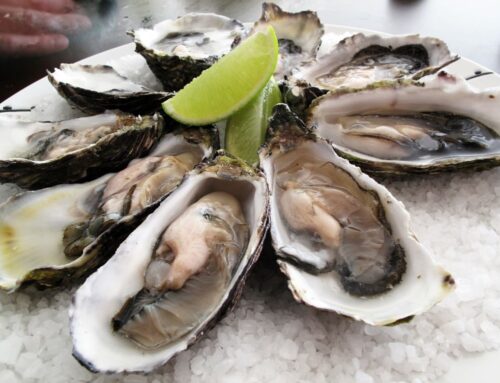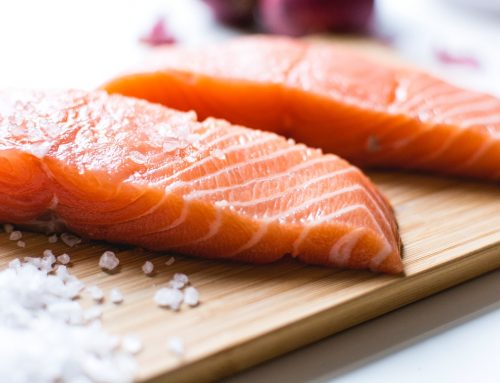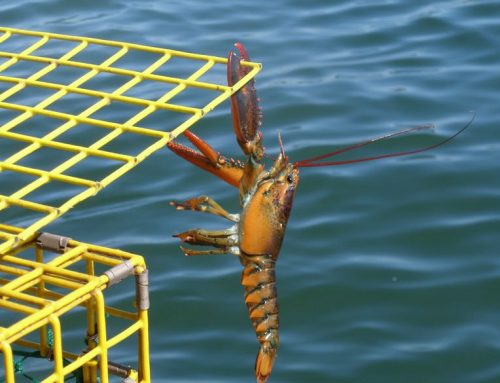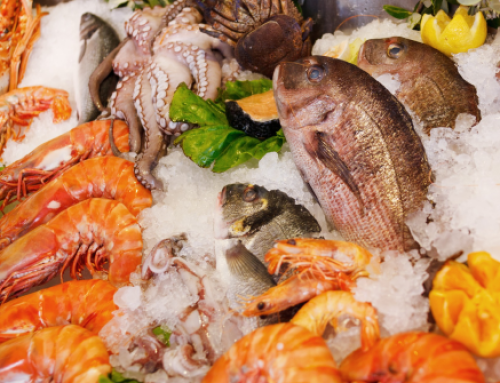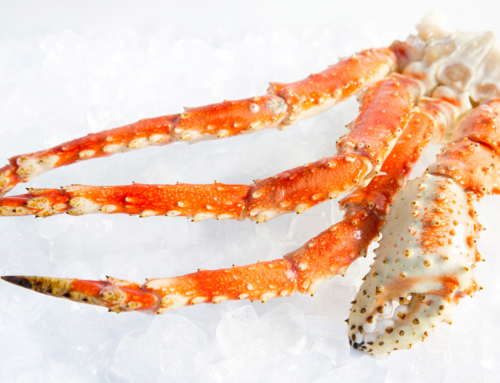When we think of plant nutrition, salmon isn’t often the first source that comes to mind. While fish fertilizers are commonly available at home improvement stores, these sources are often exorbitantly priced and sold in small amounts, advertising the promotion of flowering and fruiting in small plants. Surprisingly, however, salmon are directly responsible for robust growth years in some forests, especially those along North America’s northwest coast. In these forests, which are often bisected by streams, trees obtain a large portion of their nutrients from fish.
How do Trees Use Salmon to Grow?
Every autumn, millions of salmon – Pink, Chinook, and Coho – leave the Pacific Ocean, swimming up streams in order to spawn. While this recycles the salmon population, bears preparing for hibernation take the opportunity to gorge themselves on the suddenly accessible food source. These bears carry thousands of pounds of fish out of the streams and into the forests, where they promptly chow down on the nutritious fish. Other animals also contribute to this salmon spread, but bears are the most important carrier.
But here’s the thing about bears: They are very, very messy eaters. As these bears consume thousands of pounds of fish, they leave a big portion of their food on the ground. The salmon scraps, scattered along the riverbank and in the surrounding forests, are absorbed by the soil, bringing nutrients directly to the trees.
Salmon Nutrition is Vital for Local Flora
Scientists studying soil and forest health in the Pacific Northwest have found that nitrogen, a nutrient found in salmon, is contributing vital support to the region’s forests. In fact, one scientist found that some coastal forest nutrients were up to 80 percent salmon-based. Individual tree rings can illustrate the importance of this salmon-provided nitrogen. Scientists found that in the years when more fish came upstream to spawn, the trees grew bigger rings, which contained more nitrogen. Overall, the trees that received nutrients from salmon grew 19 percent bigger than those that didn’t.
This is especially important for the forests of the American Northwest, which are often full of thin, poor soil with few natural nutrients. The salmon brought into the forests by bears are important to these forests’ survival – from the trees comprising it to the smaller animals that feast on leftover scraps.
Create a D.I.Y. Fish Fertilizer
While we don’t think you’ll ever buy enough salmon to support a forest, you can easily make a fish fertilizer to sustain your backyard gardens and flower beds. If you have any scraps leftover from your frozen salmon delivery, use a hand or stick grinder to desiccate the remaining fish. Work the scraps into the soil or bury chunks at the roots of your plants. To prevent other animals from feasting on your leftovers, be sure to bury the salmon deeply, or fence your garden.
Take note of our Affiliate Relationships that may exist with this page and companies listed on it.


